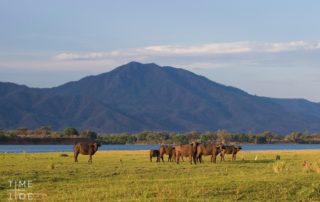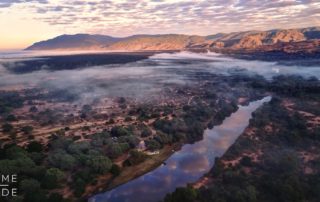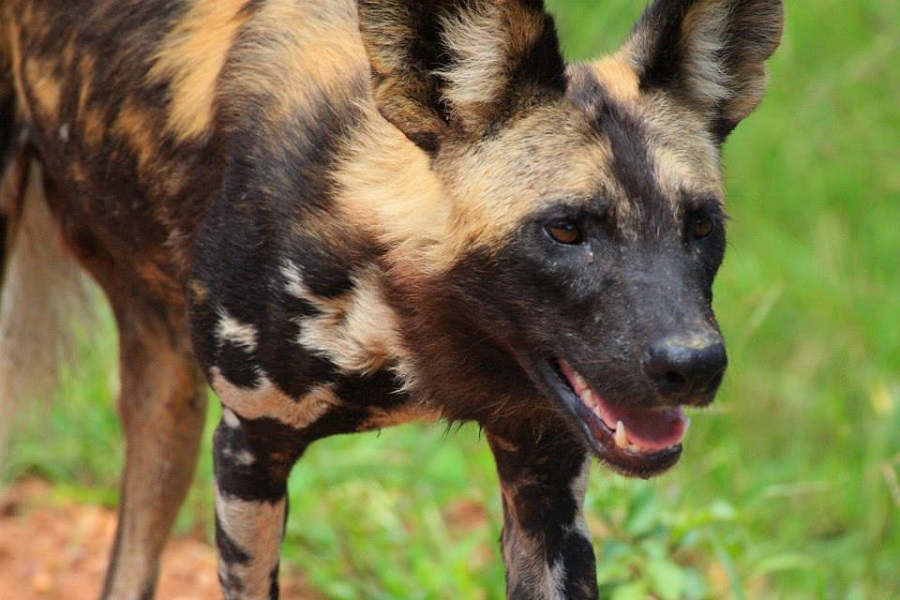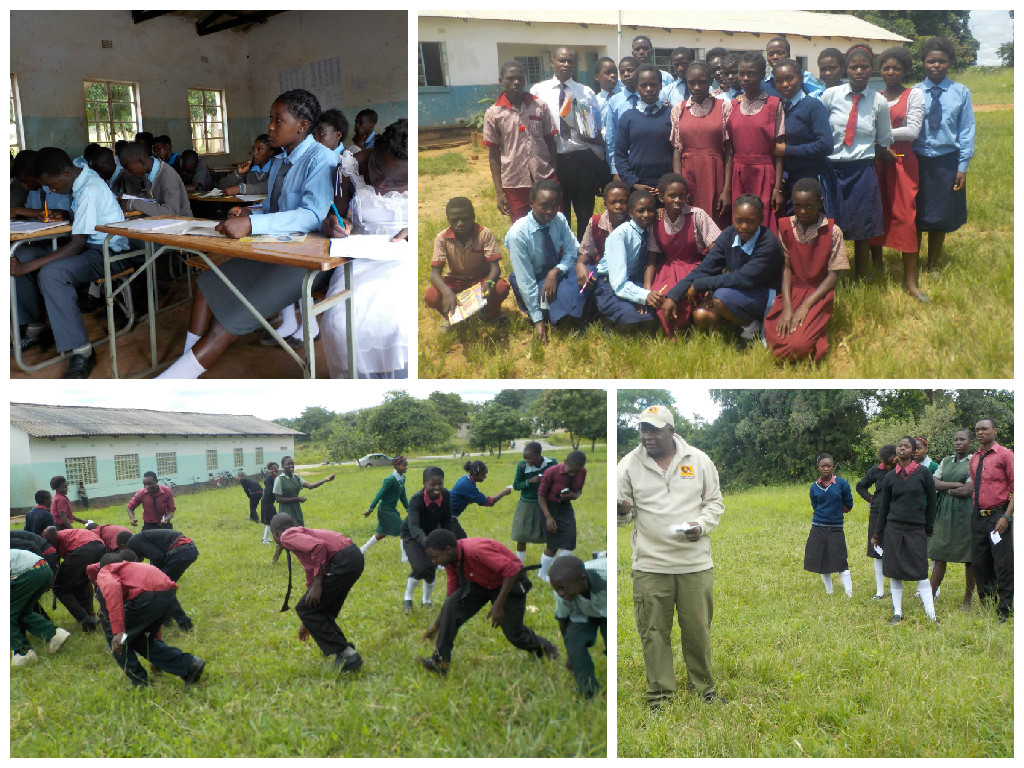LOWER ZAMBEZI NATIONAL PARK
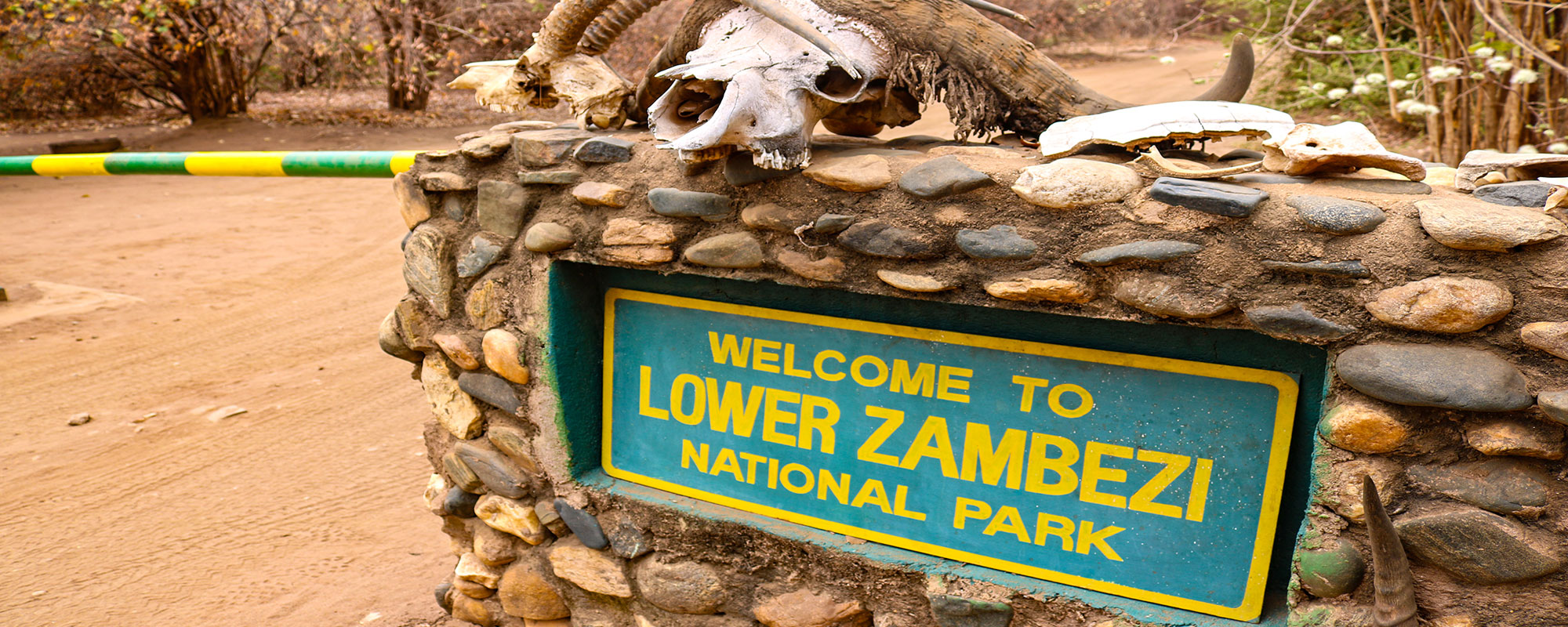
While this park is developing rapidly and gaining in popularity as the game bounces back, its beauty still lies in its unchanged wilderness state. The diversity of animals is not as wide as the other big parks (there are famously no giraffes as the hilly terrain that protects the Zambia River doesn’t suit them) but the opportunities to get close to game wandering in and out of the Zambezi channels are spectacular. It lies opposite the famous Mana Pools National Park in Zimbabwe, so the whole area on both sides of the Zambezi River is a massive wildlife sanctuary.
The river’s edge is overhung with a thick riverine fringe, including ebony and fig trees. Further inland is a floodplain fringed with mopane forest and interspersed with winterthorn trees and huge acacias. The rolling hills, which form the backdrop to the park, are covered in broadleaf woodland.
Even though the Lower Zambezi National Park covers an area of 4 092km² / 2 542mi², most of the game is concentrated along the valley floor. There is an escarpment along the northern end that acts as a physical barrier to most of the park’s animal species. Enormous herds of elephant, some up to a hundred strong, are often seen at the river’s edge. ‘Island hopping’ buffalo and waterbuck are common. The park also hosts good populations of lion and leopard, and listen too for the ubiquitous cry of the fish eagle.
Despite its size, this section of the Zambezi is considered fairly calm and predictable, unlike the mercurial Luangwa River. For this reason, seasonal fishing, boating and canoeing are popular activities, especially guided kayaking through the channels. Look out for shy elephant along the way and magnificent flourishes of scarlet carmine bee-eaters at work on their nests in the riverbanks.
MORE INFO
FEATURED LISTINGS
LATEST NEWS
Zambia’s Award-winning Safari Camps and Lodges
Which luxury safari camps and lodges have been crowned the very best in Zambia? Prestigious international travel and tourism organisation, The Safari Guild recently announced the 2019 winners across 15 categories in the annual Safari Awards. All lodges, camps [...]
SOLOMON CHIDUNUKA – Zambia’s Honoured Wildlife Warden
At a high-profile event in Cape Town, senior Wildlife Warden – Solomon Chidunuka – of the Department of National Parks and Wildlife was honoured with the international Tusk Wildlife Ranger Award 2017. Former South African President FW de Klerk [...]
2018 – Your Safari Awaits
Whether it’s your first safari or one of many memorable adventures, Zambia is a wonderful destination for everyone! It is a beautiful country with so much to offer, as well as the variety of game species and birds, it is [...]
Conservation Lower Zambezi Newsletter – February 2015
Environmental Education kicks off! Chongwe outreach 2015 CLZ'S Environmental Education Programme began in Chongwe District this month, funded by Elephant Charge. Our EEP team visiting 10 schools bordering the Lower Zambezi National Park for a lesson on poaching, and its [...]

